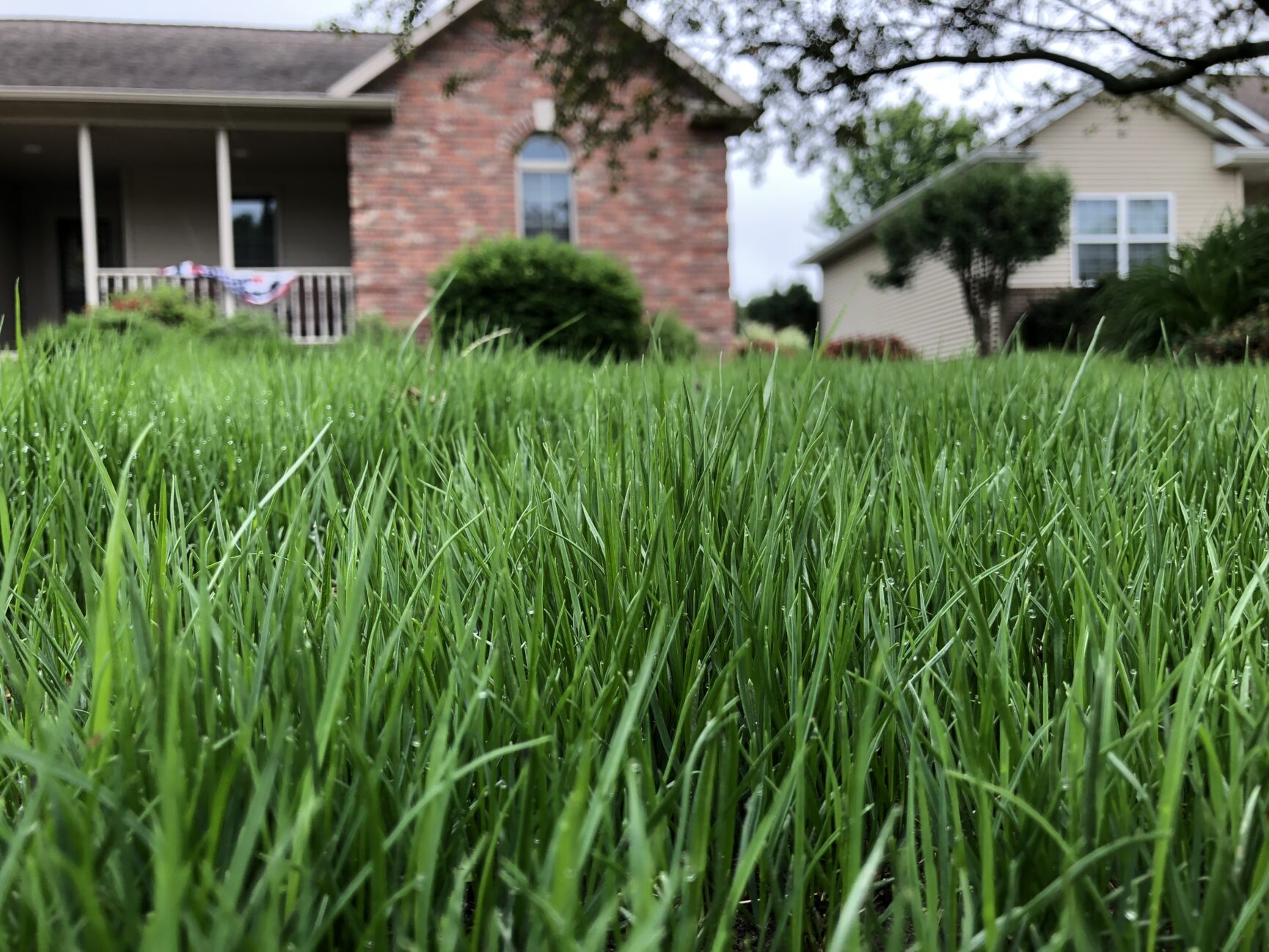Kentucky Bluegrass is a popular cool-season grass that is well-suited for lawns, parks, and athletic fields. It is known for its fine texture, dark green color, and ability to withstand heavy foot traffic. In this article, we will discuss the benefits of growing Kentucky Bluegrass and provide tips for planting and maintenance.
Benefits of Growing Kentucky Bluegrass
Growing Kentucky Bluegrass has several benefits, including its ability to create a lush, green lawn that is both beautiful and functional. It is also known for its durability, as it can withstand heavy foot traffic and recover quickly from damage. Additionally, Kentucky Bluegrass is an excellent choice for erosion control, as its deep root system helps to stabilize soil.
Soil Requirements for Kentucky Bluegrass
To grow healthy Kentucky Bluegrass, it is important to ensure that the soil meets certain requirements. First, the pH level should be between 6.0 and 7.5, as this is the range in which Kentucky Bluegrass thrives. Second, the soil should have adequate nutrient content, including nitrogen, phosphorus, and potassium. Finally, Kentucky Bluegrass requires regular watering to maintain its health and vitality.
Planting and Maintenance Tips
Planting Kentucky Bluegrass requires careful preparation and attention to detail. It is important to choose the right time of year, as Kentucky Bluegrass is a cool-season grass that thrives in spring and fall. Additionally, proper soil preparation is key, including removing weeds and debris, tilling the soil, and adding compost or other organic matter.
Once the grass is established, it is important to follow proper maintenance practices to ensure its health and vitality. This includes regular mowing, fertilizing, and watering. Mowing should be done at a height of 2-3 inches, and clippings should be left on the lawn to provide natural nutrients. Fertilizing should be done in the spring and fall, using a balanced fertilizer with a 3-1-2 ratio of nitrogen, phosphorus, and potassium. Finally, regular watering is essential to maintain the health and vitality of Kentucky Bluegrass.
Common Problems with Kentucky Bluegrass
Despite its many benefits, Kentucky Bluegrass is susceptible to a variety of problems, including diseases, pests, and weed infestations. Common diseases include brown patch, dollar spot, and leaf spot, while pests such as grubs and chinch bugs can also cause damage. Weed control is also important, as Kentucky Bluegrass is vulnerable to invasive species such as crabgrass and dandelions.
Conclusion
In conclusion, growing Kentucky Bluegrass can provide a beautiful and functional lawn that is both durable and easy to maintain. By following proper planting and maintenance practices, homeowners and landscapers can ensure the health and vitality of their grass, while minimizing the risk of common problems such as disease, pests, and weed infestations. Overall, Kentucky Bluegrass is an excellent choice for those looking to create a lush, green lawn that will stand the test of time.








